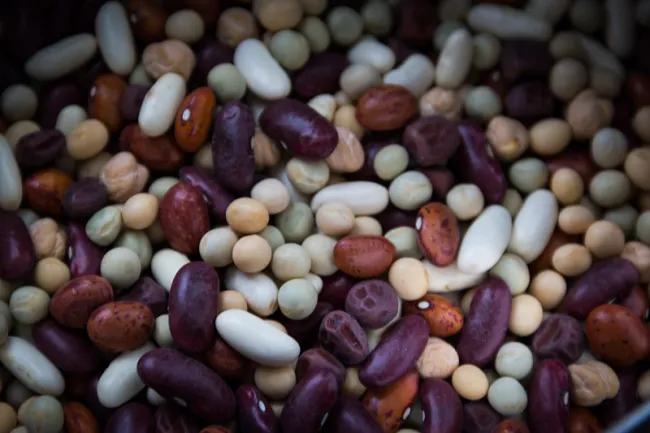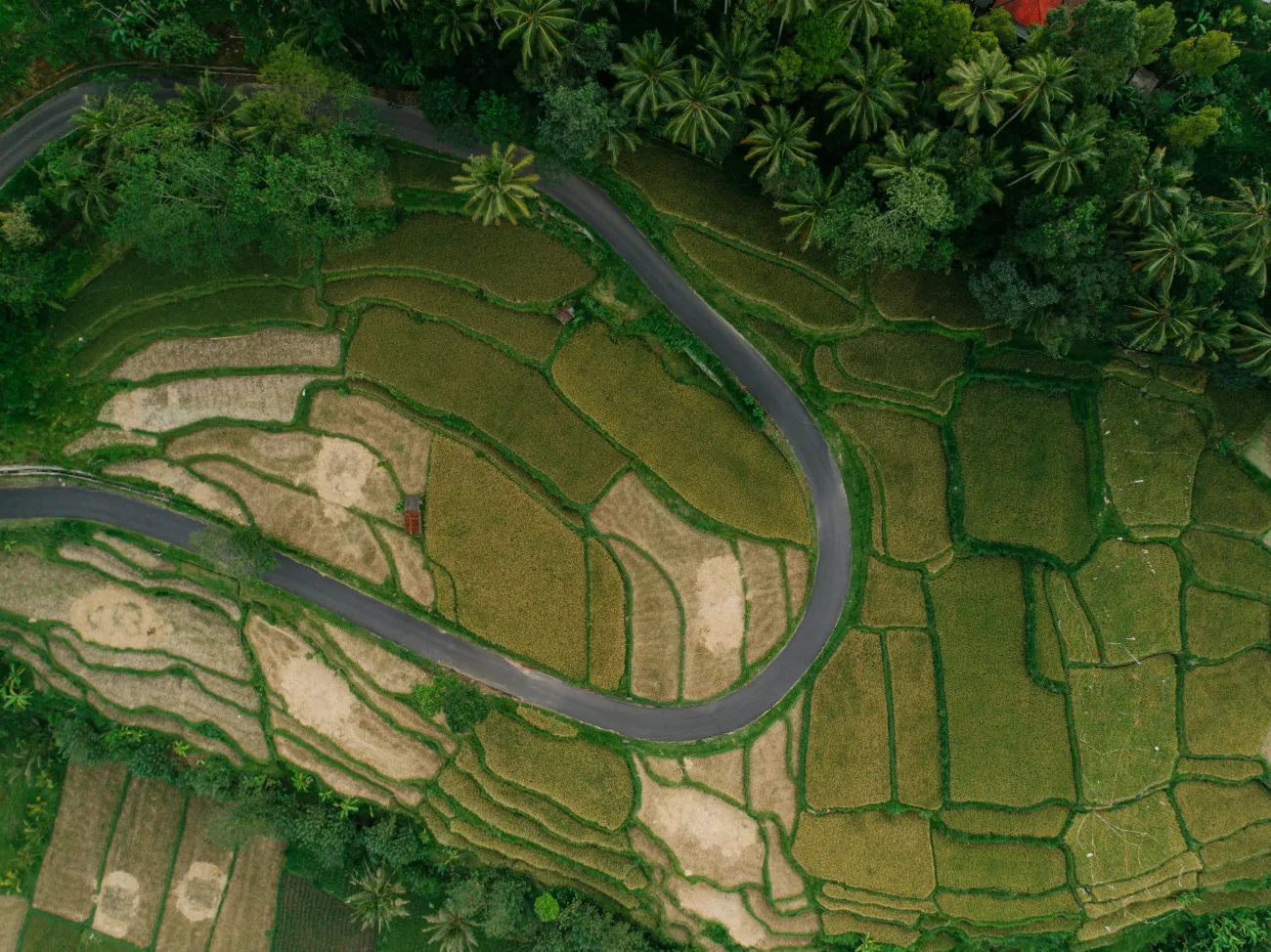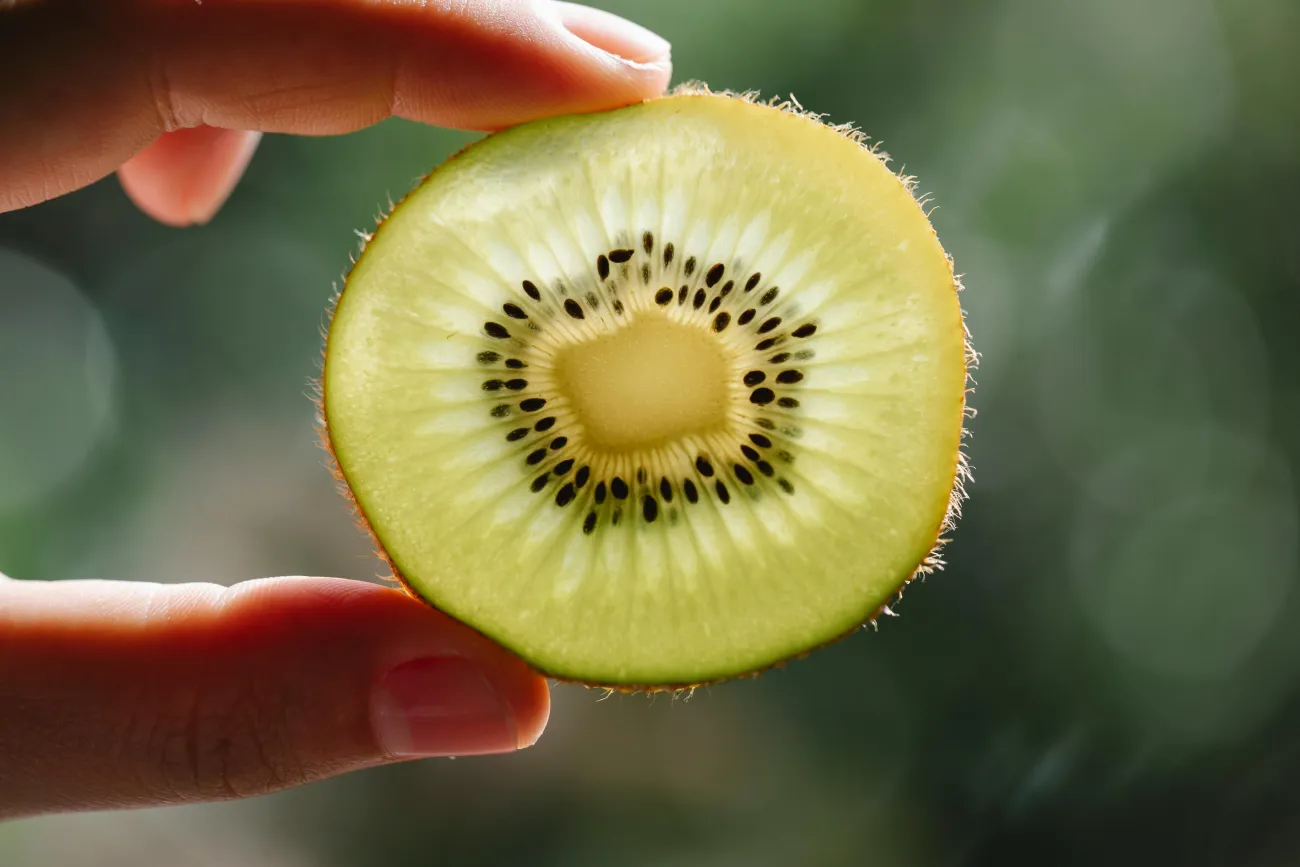This paper examines three scenarios for animal-source food production in the European Union under two constraints: halting all imports of soybeans and soybean meal used as animal feed, and not using any additional land for animal feed cultivation (either inside or outside the EU).

All scenarios were assumed to produce the same amount of human-edible protein and fat, including some sourced from imported palm oil (for fat) and imported soybean (for protein). In all scenarios, feed for pigs and poultry maintained adequate protein and essential amino acid levels by having a greater proportion of pulses and protein-rich byproducts than in the baseline case.
The three scenarios are:
- Replacing imported soybean with EU-produced soybean, broad bean, pea and lupin for use as animal feed. This reduces net demand for non-EU cropland by 11 MHa: demand for non-EU cropland for feed fell by 15 MHa, mainly in South America (which supplies most imported soybean), while demand for cropland for human-edible soybean and vegetable oil increased by 4.4 MHa, partly from palm oil production in Southeast Asia and Oceania. EU production of edible fat and protein from meat, milk and eggs is reduced by 18%. In this scenario, ruminant production maintained 96% of its former levels (because ruminants can use grass and other forage), while production of pork was reduced by 49% and production of poultry meat was reduced by 34%.
- Replacing imported soybean meal with rapeseed meal, a byproduct of increased vegetable oil production in the EU. This reduced net demand for non-EU cropland by 12 MHa and resulted in 23% lower supply of edible fat and protein from meat, milk and eggs. Ruminant and egg production levels remained similar to baseline levels, while pig meat production fell 41% and poultry meat production fell 71%. EU exports of vegetable oil to global markets increased, causing a slight decrease in demand for non-EU cropland for vegetable oil production.
- Cultivating human-edible soybean, broad bean and peas on EU cropland. This reduced demand for non-EU cropland by 14 MHa and reduced supply of animal-source protein and fat by 25%. Ruminant milk production fell 5%, ruminant meat production fell 10%, pork production fell 51% and poultry meat production fell 68%. Human intakes of protein remained the same as baseline levels. This scenario required no non-EU cropland for growing soybeans, but required an additional 1.2 MHa of land in Southeast Asia and Oceania to supply palm oil.
The nutritional implications of each scenario are summarised in the figure below. The dark horizontal line shows the required intake of each nutrient. All alternative scenarios increase iron supply over the level provided by the baseline scenario. All alternative scenarios decrease vitamin A content to slightly below the required minimum. Zinc intake increases in all alternative scenarios, but not to the required minimum. All other nutrients considered have a sufficient supply in all scenarios. Page 7 of the Supplementary Information discusses the model’s assumptions on the bioavailability of iron and vitamin A in plant and animal sources. Bioavailability of vitamin A has been accounted for in the figure below. Bioavailability of iron is not accounted for in the figure below, but the authors estimated that even if the relatively lower bioavailability of non-haem iron (found in plants and some animal sources) were to be accounted for, all alternative scenarios would still provide more iron than the baseline scenario.
Image: Figure 5, Karlsson et al. Nutrient content of EU-produced animal-source foods and plant-source protein and fat replacements. Nutrient content is normalized to the EU population’s weighted average requirement of each nutrient (in brackets). A value of 1 means that the food produced contains 100% of the requirements. For vitamin B12, average requirement data are not available and adequate intake values were used instead. The recommendation for total fat is expressed as a range with a lower and upper bound, where the lower value is used here. Nutrient content refers to edible food produced before any post-farm processing, distribution, retail and household losses, so quantities consumed are lower. BL, baseline (2014–2016); S1, feed crops scenario; S2, oil crops scenario; S3, food crops scenario; RE, retinol equivalents.
The paper is co-authored by Table members Johan Karlsson and Elin Röös of the Swedish University of Agricultural Sciences, and Hannah van Zanten of Wageningen University and Research. Karlsson summarises the research in a blog post - The European Union’s hunger for soybean - which includes a diagram of the quantity of soybean used to produce a variety of animal-sourced and plant-sourced food types.
Abstract
The European Union (EU) livestock sector relies on imported soybean as a feed source, but feeding soybean to animals leads to a loss of macronutrients compared to direct human consumption, and soybean production is associated with deforestation. Here we show that 75–82% of current EU animal fat and protein production could be sustained without soybean imports while avoiding increased use of cropland for feed production within the EU. Reduced soybean feed exports, mainly from South America, would free up 11–14 million hectares outside the EU, but indirect land-use changes would increase demand for palm oil produced in southeast Asia. Avoiding imported soybean feeds would result in reduced EU pork and poultry production; increased plant-based food consumption would be required to maintain the supply of essential nutrients for human diets. Optimising livestock production to overcome dependency on imported soybean feed can reduce cropland demand in deforestation-prone areas while supporting the nutritional requirements of EU diets—but will require progressive policies targeting all aspects of the food system.
Reference
Karlsson, J.O., Parodi, A., van Zanten, H.H., Hansson, P.A. and Röös, E., 2020. Halting European Union soybean feed imports favours ruminants over pigs and poultry. Nature Food, pp.1-9.
Read the full paper here. See also the Table explainer Soy: food, feed, and land use change and Walter Fraanje’s Table blog post Soy in the UK: What are its uses?




Comments (0)